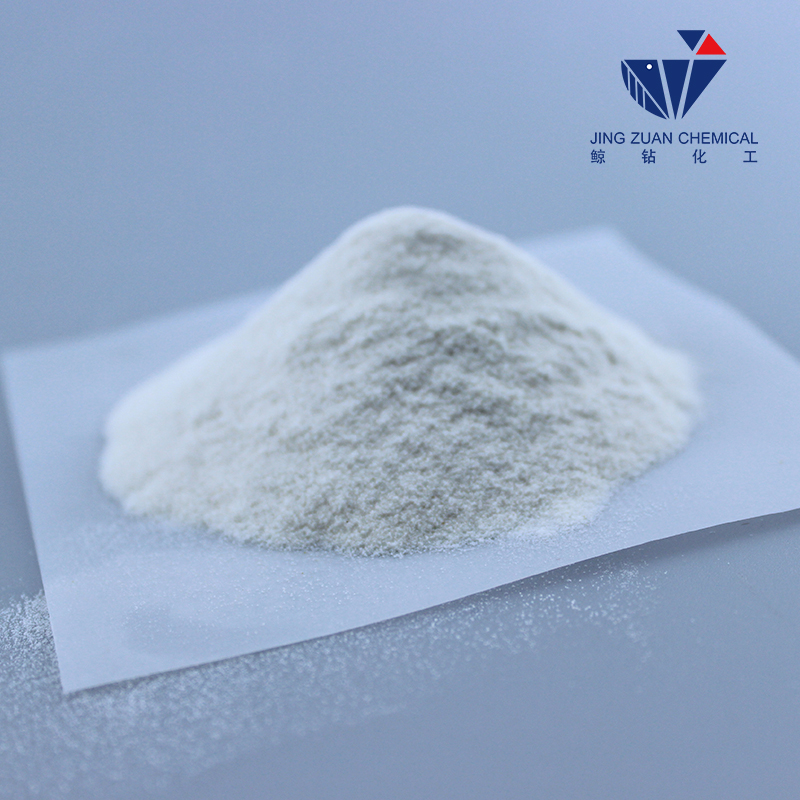
Oct . 12, 2024 12:49 Back to list
HPMC Purchasing Guide for Your Business Needs and Applications
The Growing Importance of HPMC in the Buyer's Market
Hydroxypropyl Methylcellulose (HPMC) is an essential cellulose derivative that has gained significant traction in various industries due to its versatile properties. As a buyer in today's competitive market, understanding the implications of HPMC and its applications can lead to more informed purchasing decisions. This article will delve into the significance of HPMC, its applications, market trends, and what buyers need to consider when sourcing this chemical compound.
What is HPMC?
HPMC is a non-ionic, water-soluble polymer derived from cellulose, and it is widely used as a thickener, binder, and film-former. Its unique characteristics, such as enhanced water retention, improved workability, and consistent viscosity, make it an ideal choice for numerous applications across diverse industries, including pharmaceuticals, food, construction, and cosmetics.
Applications of HPMC
1. Pharmaceuticals In the pharmaceutical industry, HPMC is used as a coating agent for tablets and capsules, enhancing their stability and bioavailability. Furthermore, it serves as a matrix-forming agent in controlled-release formulations, ensuring that active ingredients are released over time at a consistent rate.
2. Food Industry HPMC is employed as a food additive (E464), where it acts as a thickener, emulsifier, and stabilizer. It helps to improve the texture and appearance of various food products, including sauces, dressings, and baked goods. Given the increasing consumer demand for quality food products, the use of HPMC in food formulations is projected to grow.
3. Construction In construction, HPMC is integrated into cement-based products such as tile adhesives, plaster, and dry mixes. It enhances workability, adhesion, and water retention, making it critical for modern construction practices.
4. Cosmetics HPMC is also prevalent in the cosmetics industry, where it functions as a thickening agent in creams, lotions, and gels, contributing to product consistency and performance.
Market Trends
The HPMC market has witnessed robust growth in recent years, driven by the escalating demand for high-performance materials and the expanding pharmaceutical, food, and construction sectors. According to market research, the global HPMC market is expected to grow substantially in the upcoming years, offering lucrative opportunities for manufacturers and suppliers.
hpmc buy

One key trend influencing the HPMC market is the increasing preference for natural and eco-friendly additives. As consumers become more health-conscious and environmentally aware, the demand for sustainable products continues to rise. HPMC, being a cellulose derivative, aligns well with these trends, making it an appealing choice for manufacturers aiming to meet consumer expectations.
Additionally, innovations in HPMC production and formulation are opening new avenues for application. Enhanced product formulations allow for tailored characteristics, enabling buyers to select HPMC products that meet their specific needs more effectively.
Considerations for Buyers
For buyers interested in sourcing HPMC, several factors should be taken into account
1. Quality Ensure that the HPMC sourced meets the required quality standards and specifications pertinent to its intended application. Third-party certifications can add reliability to product quality.
2. Supplier Reputation Work with reputable suppliers known for their transparency and reliability. Supplier reviews and testimonials can provide insight into their performance and reliability.
3. Regulatory Compliance Verify that the HPMC complies with relevant industry regulations and standards, particularly in sensitive sectors like pharmaceuticals and food.
4. Cost-Effectiveness Evaluate the overall cost-effectiveness of the HPMC offered by different suppliers. While lower prices may be attractive, consider the total cost of ownership, including shipping, handling, and quality.
5. Technical Support Choose suppliers that offer technical support and product guidance, which can be critical for integrating HPMC into existing formulations or processes.
Conclusion
As the demand for HPMC continues to rise across various industries, buyers must stay informed about market trends, applications, and sourcing best practices. By understanding the significance of HPMC, making well-informed purchasing decisions, and working with reputable suppliers, buyers can benefit from this versatile compound, supporting their operational needs and responding to market demands effectively. Ultimately, HPMC presents a promising opportunity for innovation, quality, and sustainability in a wide array of applications.
-
Versatile Hpmc Uses in Different Industries
NewsJun.19,2025
-
Redispersible Powder's Role in Enhancing Durability of Construction Products
NewsJun.19,2025
-
Hydroxyethyl Cellulose Applications Driving Green Industrial Processes
NewsJun.19,2025
-
Exploring Different Redispersible Polymer Powder
NewsJun.19,2025
-
Choosing the Right Mortar Bonding Agent
NewsJun.19,2025
-
Applications and Significance of China Hpmc in Modern Industries
NewsJun.19,2025







